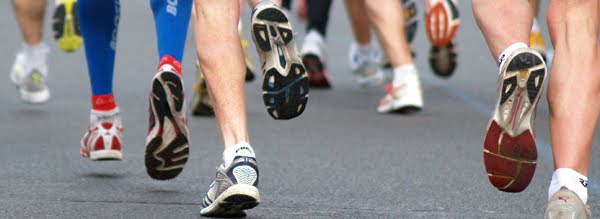If you are an active athlete, multisport or single sport, you more than likely have experienced soreness or tightness in your calves at some point in training or racing.
Anoop T. Balachandran, of Exercise Biology - The Science of Exercise, helps explain the calf muscle and
"How to Build and Stretch your Calf Muscle"
What are the different calf muscles?
Gastrocnemius: Gastroc is the muscle which has two heads and is visible from outside as two diamond heads. Gatsroc has 2 functions: Bending the knee and raising your heel.
Soleus: Soleus lies beneath the gastroc and is not really visible.
The soleus performs just one function of raising the heel as in calf raises.
How to build your soleus and gastroc muscles?
You can emphasize the soleus or the gastroc with different exercises and stretches.
Here we use the concept of active and passive insufficiency.
Seated Calf Raises: Seated calf raises target the soleus more than the gastroc since gastroc is almost inactive during bent knee exercises.
The gatsroc is already used when the knee is bent and hence it cannot work to raise the heels. This is called the principle of active insufficiency.
Standing Calf Raises: On the other hand, standing calf raises emphasizes both the gastroc and soleus equally well.
How to stretch your soleus and gastroc muscle?
Straight Knee: Straight knee primarily stretches the gastroc.
Bent Knee: Bent Knee stretches target more of the soleus since the gastroc muscle is contracted.
Practical Applications
Straight leg exercises target both the soleus and gastroc muscles. Seated calf raises only target the soleus muscle.
Straight knee stretches target the gastroc muscle while bent knee stretches target the soleus
Subscribe to:
Post Comments (Atom)






This is a helpful post, but most importantly, the Soleus stretch, which most people do not know. Everyone knows how to stretch the gastrocnemius; however, few know the soleus stretch depicted in the diagram. All you have to do is slide the rear foot forward, keeping the heel intact with the ground, bend the knee this time, and lean forward and down with your bodyweight. The upper body will get a little fatigued, but stay with it, and try to hold for 30 seconds x 3 repetitions. This stretch is great for preventing injuries to the calf musculature and Achilles tendon.
ReplyDeleteCoach Parker